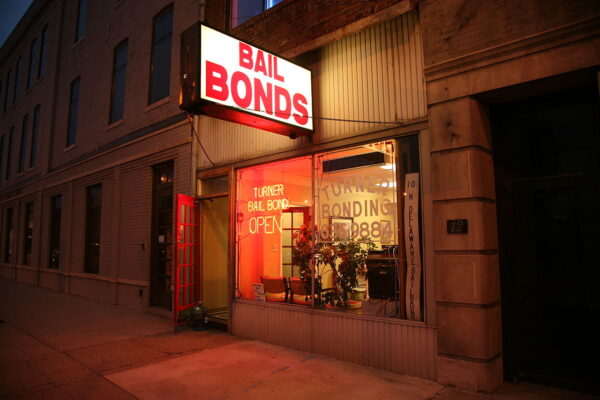This article was originally published in the Santa Fe New Mexican on October 16, 2017 and is reprinted with permission.
Lately, a host of sensationalist news headlines that link our state’s new bail rules to rising crime rates have been making the rounds. Various versions of the story go something like this: the new rules handed down by the New Mexico Supreme Court, which come on the heels of a constitutional amendment to reform our pretrial detention system, are causing judges to release high numbers of potentially violent defendants back onto the streets without bail. Free to go on their own recognizance, and with little incentive to stay out of trouble, they commit new crimes before their trials occur.
The bail bond industry, a handful of legislators, and the district attorneys promulgating this story, not only gloss over the fact that these defendants have not been convicted of the crimes which they are accused of, but they also mislead New Mexicans into believing that bail money prevents crime.
This is patently false.
The only thing the bail industry protects is its bottom line. Bringing in about $2 million a year, nationally, it's wealthy and political influence is vast.
The only thing the bail industry protects is its bottom line. Bringing in about $2 billion a year nationally, its wealth and political influence is vast. At least two of the five legislators joining the Bail Bond Association of New Mexico in a lawsuit against the New Mexico Supreme Court received political contributions from the industry.
The bondsmen can tell us all that bail money protects against crime until they’re blue in the face, but the fact remains that they do not discriminate when it comes to taking money from a defendant eligible for bond.
You see, as long as you have enough money to pay bondsmen a non-refundable fee, usually about 10 percent of the total bail, they will happily take your cash or your collateral. What they won’t do is sit around and deliberate whether or not you may be violent. That’s for a judge or a jury to decide.
Prior to July 2017 when the new rules were implemented, two people with similar records but disparate economic means could be accused of the exact same crime, and only the defendant with enough money to pay the fee would go free. The other, who is statistically more likely to be a person of color, could languish in pretrial detention for weeks or months, even though the law dictates that we’re all presumed innocent until proven guilty. The new rules attempt to level the playing field, basing release on individual risk, rather than monetary means.
There’s no denying that there are high rates of crime in New Mexico, and we all want to make our communities safer, but to argue that the bail bond industry plays any role in reducing crime is absurd. Crime keeps their doors open.
To argue that the bail bond industry plays any role in reducing crime is absurd. Crime keeps their doors open.
To fully assess what is driving crime in New Mexico and what the right solutions for addressing it are, we need good data on the criminal justice system, something which we are shamefully short on.
Until we have it, we should all remain skeptical about anecdotal stories of defendants who are released only to commit new crimes before their trial. This happened under the old money bail system – and it’s still happening now.
Rather than be distracted by the hype bondsmen are propagating, we should all take a step back and question the very existence of a system of justice that relies at all on third party stakeholders who profit off of crime and poverty. After all, the United States and the Philippines are the only places in the world where for-profit bail exists.


